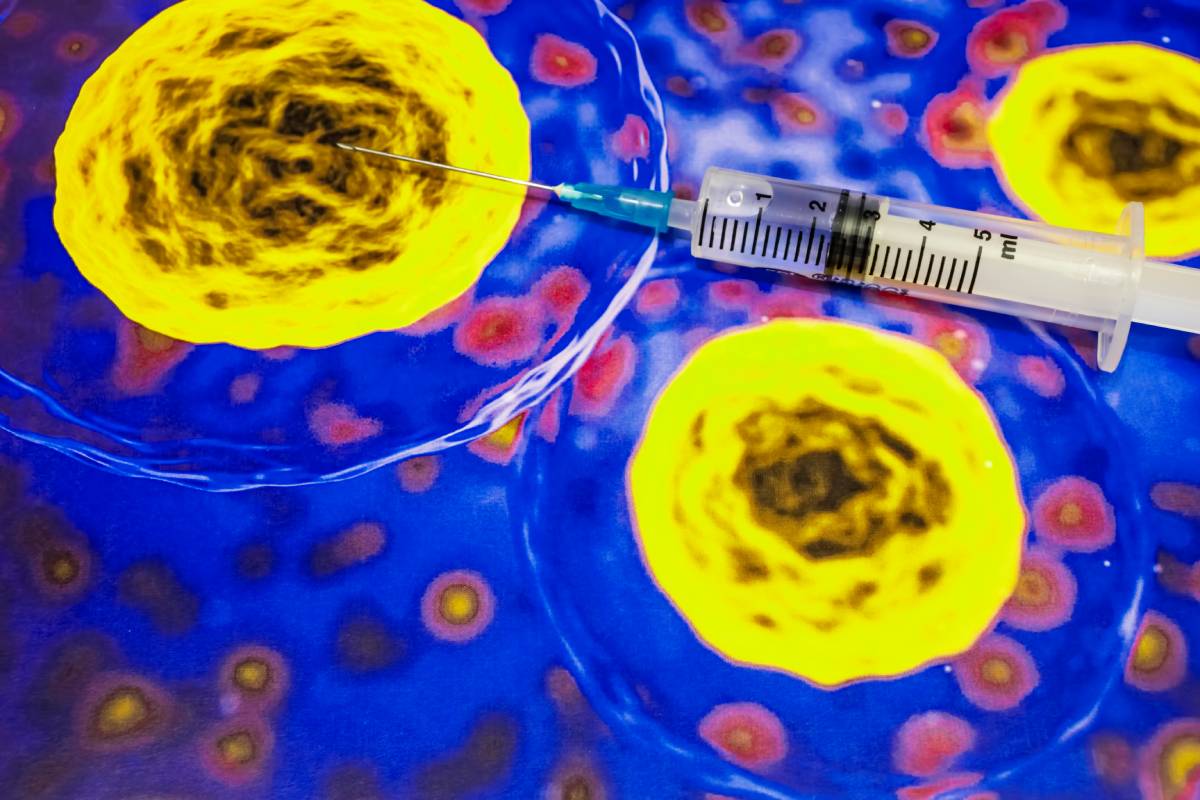Healthcare-acquired infections, or nosocomial infections, are infections that patients contract during their stay in a healthcare facility. These infections, often preventable, represent a significant challenge to patient safety and public health. Understanding the sources of healthcare acquired infections is crucial for developing effective prevention strategies.
Medical devices are leading sources of healthcare-acquired infections, particularly when they are invasive in nature and provide pathogens direct access to the inside of the body. Catheters and ventilators, for example, are associated with a non-neglible risk of infection. Urinary catheters, often used in hospitalized patients, can introduce bacteria into the urinary tract. Prolonged catheter use, improper insertion, and lack of sterile technique increase the risk of infection 1.
Central venous catheters, used to deliver medications or fluids, can become contaminated during insertion or maintenance. Infections of central lines are particularly dangerous due to the risk of systemic infection like sepsis as the pathogen travels through the blood 2,3. In addition, patients on mechanical ventilation are susceptible to pneumonia caused by pathogens entering the lungs through the endotracheal tube. Improper cleaning or handling of equipment can exacerbate this risk 4,5.
Other sources of healthcare-acquired infections are surgical wounds. Contamination can happen during surgery due to non-sterile instruments, inadequate preoperative antisepsis, or environmental exposure. Common organisms involved include S. aureus and E. coli. Surgical site infections can lead to delayed healing, extended hospital stays, and in severe cases, systemic infections.
The healthcare environment itself can harbor pathogens that contribute to healthcare acquired infections—there are a number of different such sources. Surfaces like bedrails, doorknobs, and medical equipment are often contaminated with pathogenic bacteria, fungi, or viruses that may come from another patient or may even live naturally in our environment. Without rigorous cleaning protocols, these surfaces can act as reservoirs for infection 7,8. Airborne microorganisms, such as those causing tuberculosis or many fungal infections, pose risks in poorly ventilated or overcrowded healthcare facilities. Specialized air filtration systems and isolation rooms can mitigate this risk 9,10. Contaminated water systems can harbor bacteria like Legionella or P. aeruginosa. These pathogens can infect patients through exposure to aerosols or during procedures requiring sterile water 11,12.
Healthcare workers, visitors, and other patients can transmit infections through direct contact, respiratory droplets, or contaminated hands. Hand hygiene lapses, inadequate use of personal protective equipment, and overcrowding increase the likelihood of transmission. Commonly transmitted infections include methicillin-resistant S. aureus and Norovirus 10,13,14.
Preventing healthcare-acquired infections requires a multifaceted approach that reduces potential sources of pathogens. Strategies include strict hand hygiene protocols, regular disinfection of surfaces and equipment, antimicrobial stewardship to reduce resistance, proper use and maintenance of medical devices, education and training for healthcare workers, and isolation protocols for infected or high-risk patients 14–16.
References
1. CDC. Catheter-associated Urinary Tract Infection Basics. Urinary Tract Infection https://www.cdc.gov/uti/about/cauti-basics.html (2024).
2. Haddadin, Y., Annamaraju, P. & Regunath, H. Central Line–Associated Blood Stream Infections. in StatPearls (StatPearls Publishing, Treasure Island (FL), 2024).
3. CDC. Central Line-associated Bloodstream Infection (CLABSI) Basics. Central Line-associated Bloodstream Infections (CLABSI) https://www.cdc.gov/clabsi/about/index.html (2024).
4. CDC. Ventilator-associated Pneumonia Basics. Ventilator-associated Pneumonia (VAP) https://www.cdc.gov/ventilator-associated-pneumonia/about/index.html (2024).
5. Kohbodi, G. A., Rajasurya, V. & Noor, A. Ventilator-Associated Pneumonia. in StatPearls (StatPearls Publishing, Treasure Island (FL), 2024).
6. CDC. Surgical Site Infection Basics. Surgical Site Infections (SSI) https://www.cdc.gov/surgical-site-infections/about/index.html (2024).
7. Otter, J. A., Yezli, S., Salkeld, J. A. G. & French, G. L. Evidence that contaminated surfaces contribute to the transmission of hospital pathogens and an overview of strategies to address contaminated surfaces in hospital settings. American Journal of Infection Control 41, S6–S11 (2013). DOI: 10.1016/j.ajic.2012.12.004.
8. Weber, D. J., Anderson, D. & Rutala, W. A. The role of the surface environment in healthcare-associated infections. Curr Opin Infect Dis 26, 338–344 (2013). DOI: 10.1097/QCO.0b013e3283630f04
9. McFee, R. B. Nosocomial or Hospital-acquired Infections: An Overview. Dis Mon 55, 422–438 (2009). DOI: 10.1016/j.disamonth.2009.03.014
10. Sikora, A. & Zahra, F. Nosocomial Infections. in StatPearls (StatPearls Publishing, Treasure Island (FL), 2024).
11. Yiek, W.-K. et al. Outbreaks of healthcare-associated infections linked to water-containing hospital equipment: a literature review. Antimicrob Resist Infect Control 10, 77 (2021). DOI: 10.1186/s13756-021-00935-6
12. Decker, B. K. & Palmore, T. N. The Role of Water in Healthcare-Associated Infections. Curr Opin Infect Dis 26, 345–351 (2013). DOI: 10.1097/QCO.0b013e3283630adf.
13. Aitken, C. & Jeffries, D. J. Nosocomial Spread of Viral Disease. Clin Microbiol Rev 14, 528–546 (2001). DOI: 10.1128/CMR.14.3.528-546.2001.
14. CDC. Infection Control Basics. Infection Control https://www.cdc.gov/infection-control/about/index.html (2024).
15. Fernando, S. A., Gray, T. J. & Gottlieb, T. Healthcare-acquired infections: prevention strategies. Intern Med J 47, 1341–1351 (2017). DOI: 10.1111/imj.13642.
16. Haque, M. et al. Strategies to Prevent Healthcare-Associated Infections: A Narrative Overview. Risk Manag Healthc Policy 13, 1765–1780 (2020). DOI: 10.2147/RMHP.S269315.
